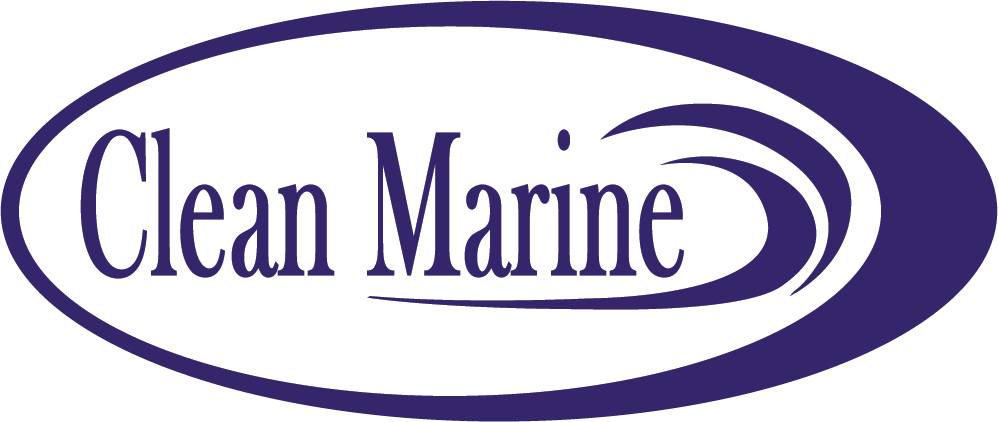Lake Mead National Recreational Area
Infinite memories await on beautiful Lake Mead
Lake Mead was created in 1935 upon completion of the Hoover Dam, one of the country’s engineering wonders. Since 1937, the National Park Service has been the agency administering the recreation aspects of Lake Mead and has managed the increasing popularity of this enormous lake and facilities just outside the Las Vegas metropolitan area.
The lake measures 110 miles long with a surface area of 274 square miles, and has more than 550 miles of shoreline. Lake Mead is a favorite spot for water sports enthusiasts from nearby California, Utah, Arizona and, of course, Nevada.
Visitors to Lake Mead can enjoy a variety of water recreation activities in a rugged and picturesque setting. Lake Mead offers some of the country’s best sport fishing, boating and waterskiing, along with kayaking and canoeing. Skiers can enjoy runs through canyons on water as smooth as glass, while scuba divers can explore the numerous underwater caves and canyons.
Lake Mead is the western home of the striped bass, bluegill, largemouth bass, crappie and channel catfish. Fishing for stripers and largemouth bass is good throughout Lake Mead with crappie, bluegill, green sunfish and catfish being more prevalent in the upper Overton Arm of the lake. The desert climate offers fishing throughout the year with crappie fishing excellent during the winter months.
The lake is divided into several bodies. The large body closest to the Hoover Dam is Boulder Basin. The narrow channel, which was once known as Boulder Canyon and the original planned site for the dam, is now known as The Narrows and connects Boulder Basin to Virgin Basin to the east. The Virgin River and Muddy River empty into Overton Arm, which is connected to the northern part of the Virgin Basin. The next basin to the east is Temple Basin, and following that is Gregg Basin.
Jagged mountain ranges surround the lake, offering somewhat of a startling but beautiful backdrop, especially at sunset. There are two mountain ranges within view of the Boulder Basin, the River Mountains, oriented north-west to south-east and the Muddy Mountains, oriented west to north-east.
A short history of Callville Bay
Callville Bay Resort & Marina derives its name from the permanent settlement of Callville, known alternately as Call’s Landing, Call’s Fort and Old Callville. The Mormons, on their expansion west, needed a reliable route for their supplies to reach Salt Lake City, Utah. The settlement, containing residences, a warehouse and irrigation systems, was established on December 2, 1864 by Anson Call, James Whitmore, A. M. Cannon, Jacob Hamblin and son, under a directive to Call by Brigham Young. The steamboat port of Callville was used for shipping freight to Salt Lake City as a result of completion. A large warehouse was constructed first, followed by a landing, post office and corral.
The steamboat Esmeralda completed a trip in October 1866 and delivered 100 tons of freight. In January 1867, the Army arrived at El Dorado and Fort Callville became an outpost until May 1868. At the time, Callville was so desolate, isolated and lonely, that it had the most desertions of any Army company stationed at El Dorado. Though steamboats and barges trading salt between Rioville and El Dorado still made a few stops at Callville after the transcontinental railroad was completed in northern Nevada in 1869, the Mormons’ plans for a supply route via the Colorado River was eventually abandoned. The bay was formed and the settlement was submerged after the Colorado River was dammed to form Lake Mead, and subsequently, the National Park Service and concession developments at Callville Bay began in 1967, after the North Shore Road was completed around 1966.

